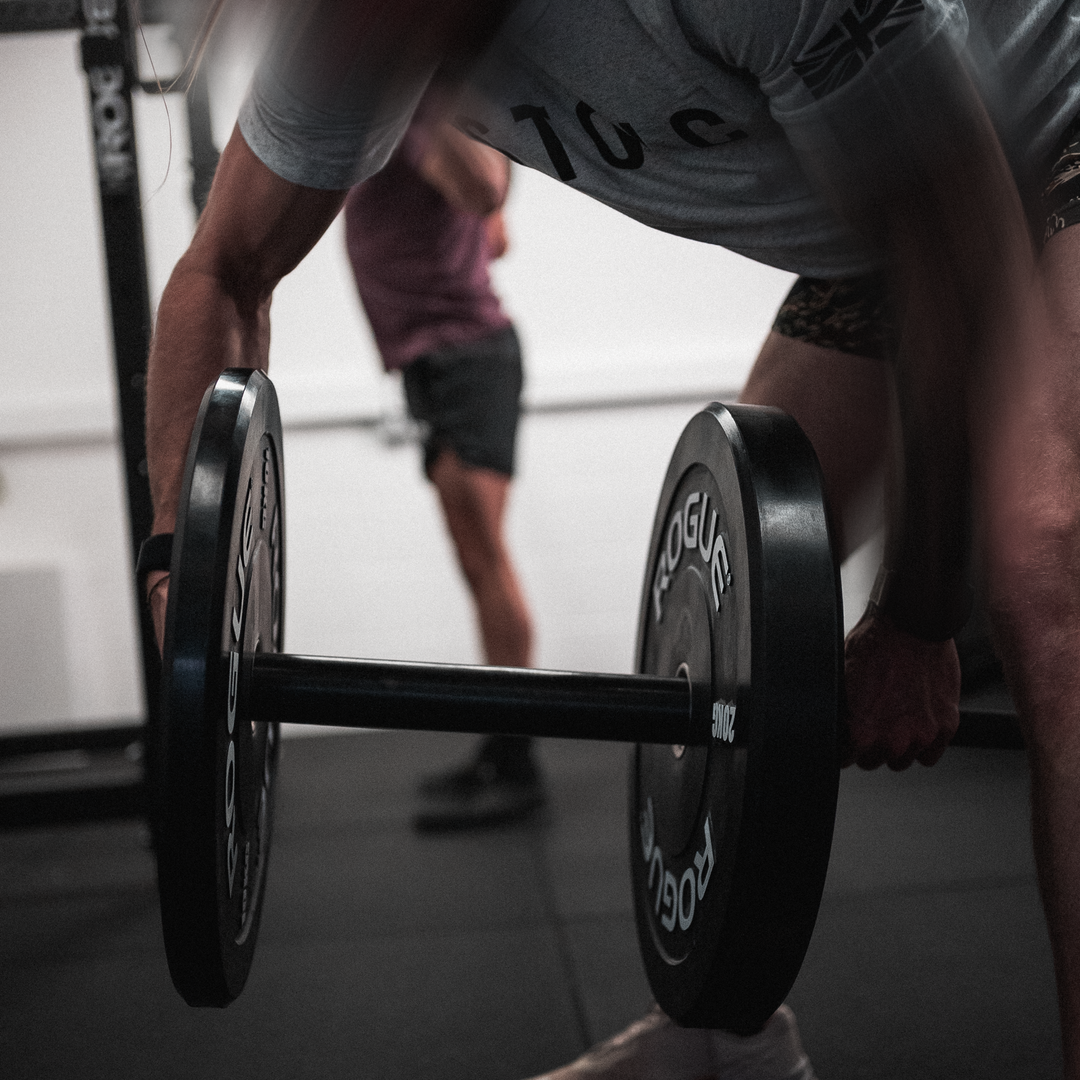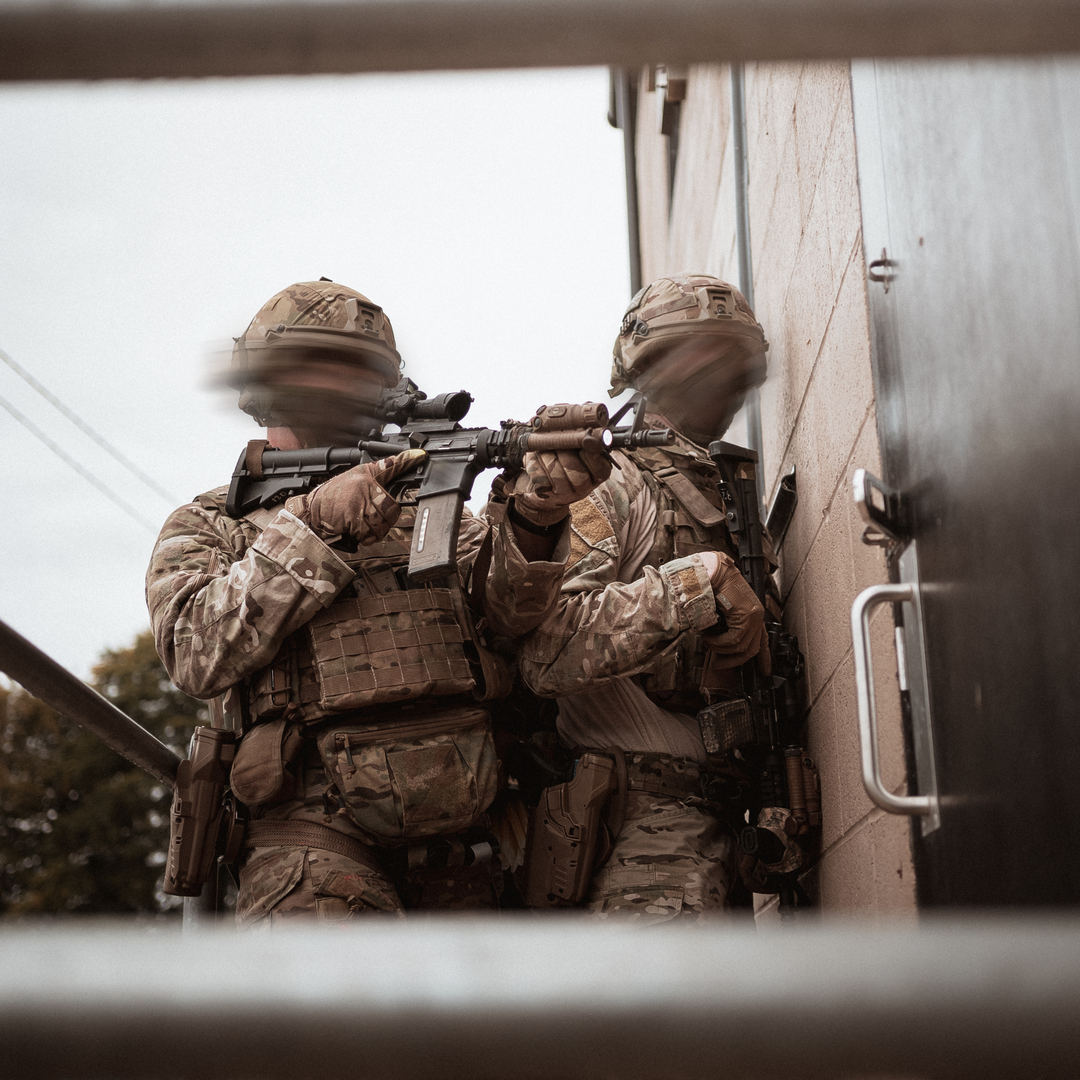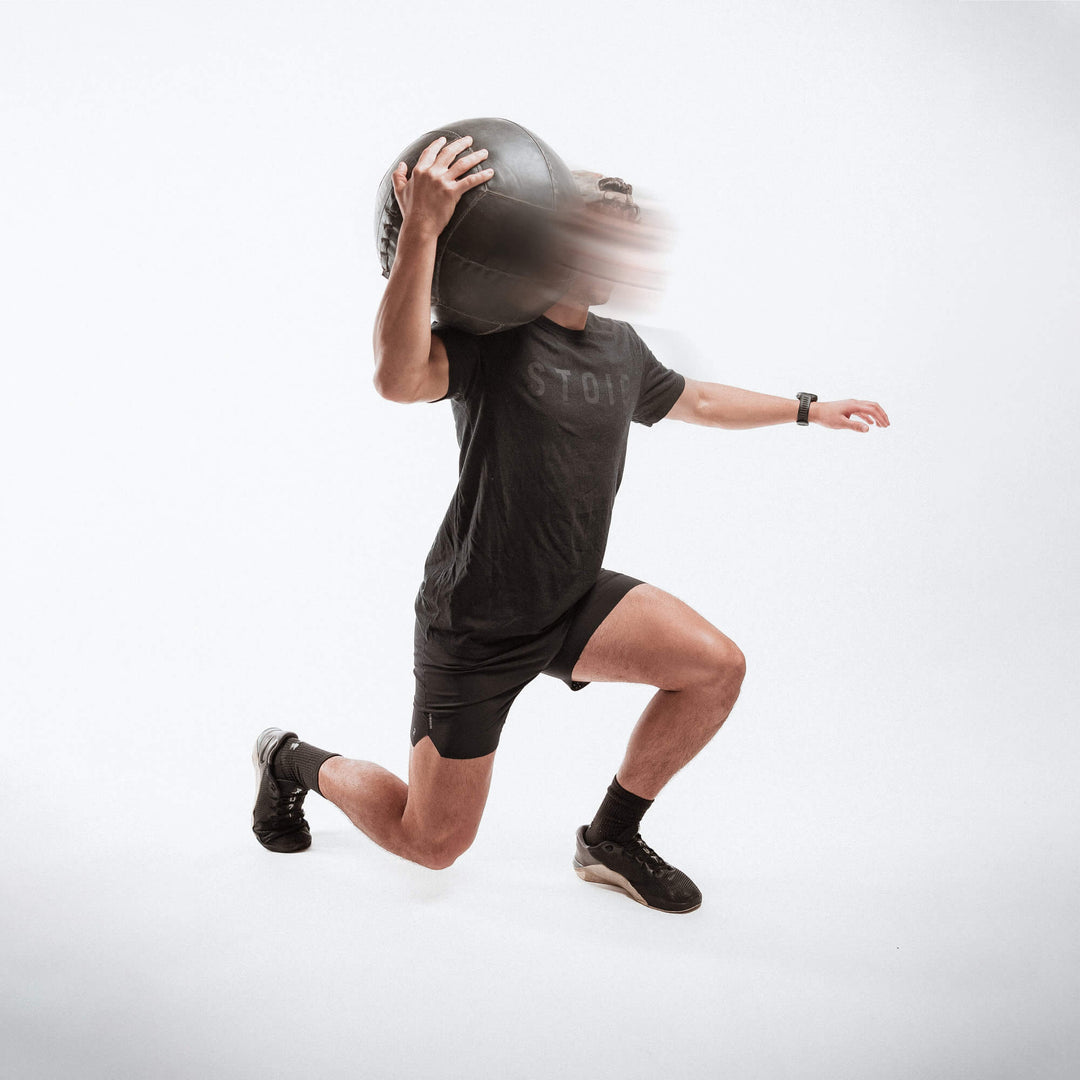THE MOST EFFECTIVE METHODS TO RECOVER FROM REPEATED LONG DURATION EVENTS

Introduction
Long runs and marches place significant physiological and psychological strain on your body and mind. These stresses are intensified when you are not trained to deal with them.
When undertaking these types of activities for extended periods of time (for example, daily for multiple weeks), it is critical that you can call on and implement effective recovery strategies in between these events or marches to optimise your performance for the next day and help reduce the risk of injury.
This article will look at the physiological and psychological effects of repeated long endurance work, the breakdowns that the body experiences, and some practical recovery methods to help you perform more successfully on your course.
Physiological Effects of Sustained Endurance Work
Completing multi-day endurance events or long-distance marches puts a significant strain on many of your body’s systems. As an example:
Musculoskeletal System
- Increased stress on muscles, tendons, and ligaments due to prolonged exertion.
- Risk of overuse injuries, such as muscle strains, tendonitis, inflammation or stress fractures.
- Muscle fatigue, leading to decreased force production and muscular coordination.
- Repetitive exposure to long-distance activities can lead to muscle breakdown, commonly known as exercise-induced muscle damage (EIMD).
- High amounts of EIMD occurs due to the combination of eccentric muscle contractions and the continuous impact of repetitive movement. This muscle damage can result in inflammation, soreness, and a decrease in muscle strength and function.
Cardiovascular System
- An incrementally increasing resting and working heart rate and cardiac output to meet the demands of sustained efforts – also known as cardiac drift.
- Enhanced blood flow and oxygen delivery to working muscles at the detriment of other areas of the body.
Respiratory System
- Elevated resting and working respiratory rate to meet increased oxygen demands.
- Enhanced lung ventilation to maintain adequate oxygen uptake and carbon dioxide elimination.
- Potential for respiratory muscle fatigue (especially when having to carry heavy loads) which may impact breathing efficiency.
Thermoregulatory System
- Increased core body temperature due to prolonged exercise.
- Enhanced sweat production to dissipate heat and maintain thermal balance, greatly increased during hot/humid times of the year.
- Potential risk of heat-related illnesses, such as heat exhaustion or heat stroke, if adequate hydration and cooling measures are not employed.
Metabolic System
- Increased energy expenditure and reliance on aerobic metabolism causing a degradation of power output.
- Depletion of glycogen stores in muscles, leading to a shift toward utilising fat as a fuel source and possible ‘bonking’.
- Possible short-term alterations in metabolic rate and hormonal responses to support sustained exercise.
Nervous System
- High and chronic activation of the sympathetic nervous system, leading to consistently increased arousal and readiness.
- Mental and physical fatigue due to prolonged exertion.
- Increased focus and concentration demands to maintain performance during extended exercise over arduous terrain.
Gastrointestinal System
- Redistribution of blood flow away from the digestive system, potentially leading to reduced appetite and gastrointestinal discomfort leading on to inadequate refuelling between events and a continual decrease in performance.
- Risk of dehydration and electrolyte imbalances, particularly if fluid intake is inadequate. Exacerbated even more so if the course is over the summer.
This continuous and high volume of stress can easily lead to localised cumulative fatigue as well as systemic fatigue across many systems. Overall, this reduces muscle power, concentration and alertness, coordination and motor control, and increases the risk of injury.
One of the most important factors in someone’s success on an Aptitude Course is whether they are sufficiently conditioned and informed to recover sufficiently in between stressors to get back up and go again.
Fuelling Your Recovery
Before we go over other methods for recovering in between events and keeping your performance high, let’s focus on the most important post-event consideration: nutrition.
In reality, what you have to do for your post-event nutrition can be reliant on and improved by your pre and during-event/march nutrition (but that will be a separate article).
For recovery, it’s essential that you consume either a well-balanced solid meal or a snack containing a combination of carbohydrates, fats and protein within 30 minutes to 1 hour of the event’s conclusion.
But to really kickstart this process you should start it as soon as you finish the event. Meaning you will need to pre-plan out what you’re going to have and take it with you on the march. This is where supplements like whey protein and carbohydrate powders can be useful due to them not weighing much or taking up much room.
The minute the event is finished, start preparing for the next one.
Don’t dwell on the past, just get ready for the future.
This will aid in muscle repair and begin to replenish your energy reserves. Making sure this process begins as close to when you finish the event as possible allows your body enough time to digest and process the required calories and nutrients to make sure you’re not starting the next event in an energy deficit.
Furthermore, while maintaining adequate hydration levels throughout the day is critical for optimal performance and recovery, replenishing your hydration and sodium/electrolyte levels after the event will also be critical for maintaining your performance and avoiding the risk of a medical withdrawal.
Applicable Recovery Methods for Sustained Performance
According to research, the methods and practises listed below provide you with the greatest benefits. Some will be simple to implement (e.g. compression socks), while others may be difficult depending on your environment (e.g. massage).
We’ve also included an example of a post-event/march recovery flow that would take little time to implement each day but would result in significant recovery benefits and a much higher performance.
Active Recovery
Low-intensity movement such as cycling, in particular, can aid in muscular recovery, increase blood flow, and reduce the sensation of muscle soreness. It promotes faster recovery by maintaining circulation, which aids in the delivery of nutrients to the muscles.
The most important caveat here is that you don’t just make it ’more work’ and potentially add to your fatigue.
Mobility Flows
Different to just holding a stretch for a long time, going through a mobility flow after an event can help you relax, get synovial fluid and nutrients to your joints, and highlight any areas that may require more specific work.
Long-duration static stretching isn’t always beneficial for recovery, but it can be used to help with your overall relaxation rather than directly impacting your recovery.
Cold Water Immersion (CWI)
After an event, a cold water bath or shower can help reduce inflammation and muscle soreness by limiting the release of inflammatory substances while also being physically and mentally refreshing.
CWI is beneficial for managing inflammation and fatigue when performing repeated efforts over multiple days, but it is not required during your regular training cycles as training inflammation isn’t inherently bad but it can be detrimental to performance during multi-day courses.
Compression Garments
Compression garments, such as compression socks or sleeves, can help to improve blood flow and reduce joint and muscle swelling. Look for compression garments that apply graduated pressure to the muscles to help with venous return and inflammation reduction.
Soft Tissue Massage
Highly beneficial for both physical and mental recovery. Excellent for reducing fatigue and soreness and while it is one of the most proven methods for assisting with recovery, it is also one of the most difficult to implement.
There are self-massage techniques that can be utilised, but they will primarily target the quadriceps and lower legs.
Psychological Recovery and Maintaining Your Mindset
Multi-day events/marches tax both your mind and your body. Deep breathing, meditation and mindfulness practices are all relaxation techniques that have been shown to help reduce stress and promote mental recovery.
Dr. Christine Sanchez, our SMU Mental Performance Specialist, has previously written several articles on mental performance, mindset and restorative practices, which you can find in our articles section.
Visualising the next day and mentally rehearsing your own performance will be highly beneficial as well. You can utilise positive and negative visualisation to help you encompass all possible scenarios and plan out how you would respond to them. This will also help you tune out gossip and speculation from those around you and keep you focused on your process rather than being distracted by theirs.
Quality Sleep
All of the above recovery methods will help you sleep better. Sleep is essential for both physical and mental recovery and is the most beneficial performance enhancer you can call on.
During sleep, your body repairs damaged tissues, releases growth hormones, and clears fatiguing elements like adenosine from your brain leaving you clear-headed for the next day’s events.
Recovery Flow in Practice

Conclusion
To maintain high output and consistent performance during repeated events or loaded marches on a course, it is essential that you prioritise your recovery post-events or else your performance will just spiral down.
With a simple combination of nutritional, physical and mental recovery strategies you can help to minimise the negative systemic effects of repetitive endurance work and stress.
References
Smith L, Barton C, O’Connor PJ, et al. Exploring the Relationship between Subjective Memory Complaints, Objective Memory Performance, and APOE ε4 in the Irish Longitudinal Study on Aging. Journal of Alzheimer’s Disease.
Peake JM, Roberts LA, Figueiredo VC, et al. The effects of cold water immersion and active recovery on inflammation and cell stress responses in human skeletal muscle after resistance exercise. Journal of Physiology.
Howatson G, van Someren KA. The prevention and treatment of exercise-induced muscle damage. Journal of Sports Medicine.
Pritchard HJ, Barnes MJ. How much is enough in rehabilitation? High-frequency, low-load resistance training improves strength and functional capacity after total knee arthroplasty: a randomised controlled trial. Journal of Physiotherapy.
Pournot H, Bieuzen F, Duffield R, et al. Short-term effects of various water immersions on recovery from exhaustive intermittent exercise. European Journal of Applied Physiology.
Dupuy O, Douzi W, Theurot D, Bosquet L, Dugué B. An evidence-based approach for choosing post-exercise recovery techniques to reduce markers of muscle damage, soreness, fatigue, and inflammation: a systematic review with meta-analysis. Frontiers in Physiology.
Halson SL. Sleep in elite athletes and nutritional interventions to enhance sleep. Sports Medicine.
Bailey DM, Erith SJ, Griffin PJ, et al. Influence of cold-water immersion on indices of muscle damage following prolonged intermittent shuttle running. Journal of Sports Science.
McEwen BS. Protective and damaging effects of stress mediators: central role of the brain. Dialogues Clinical Neuroscience.




